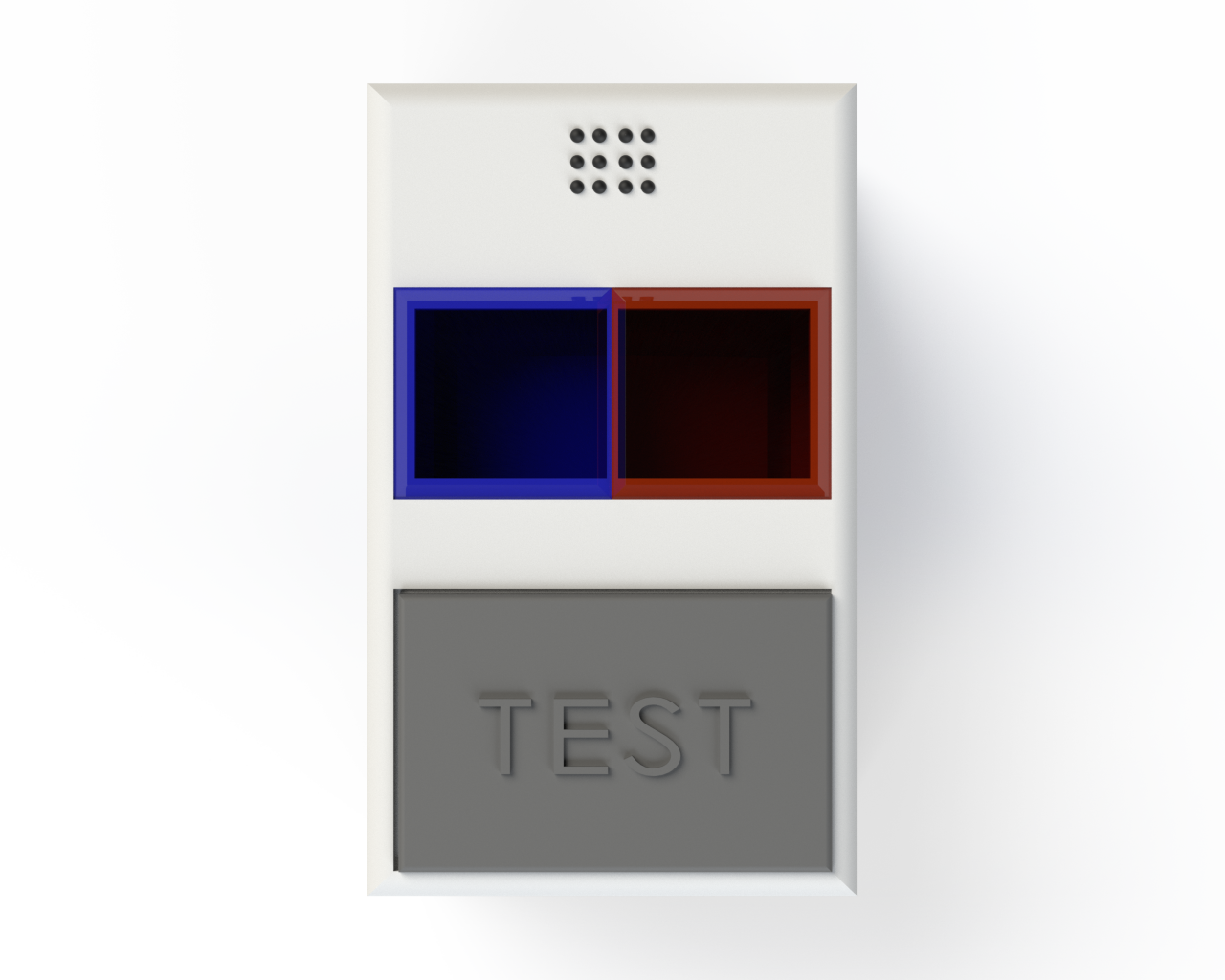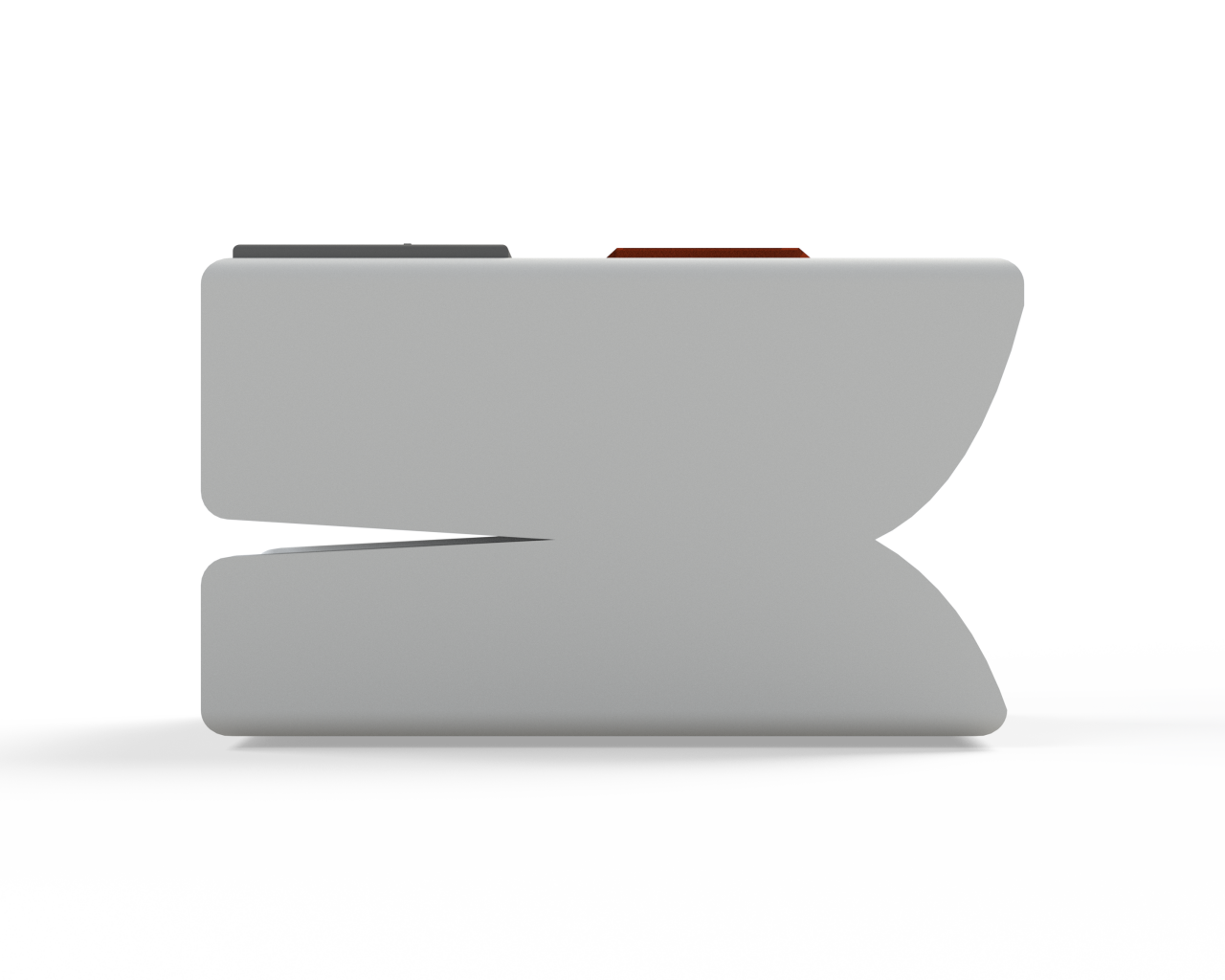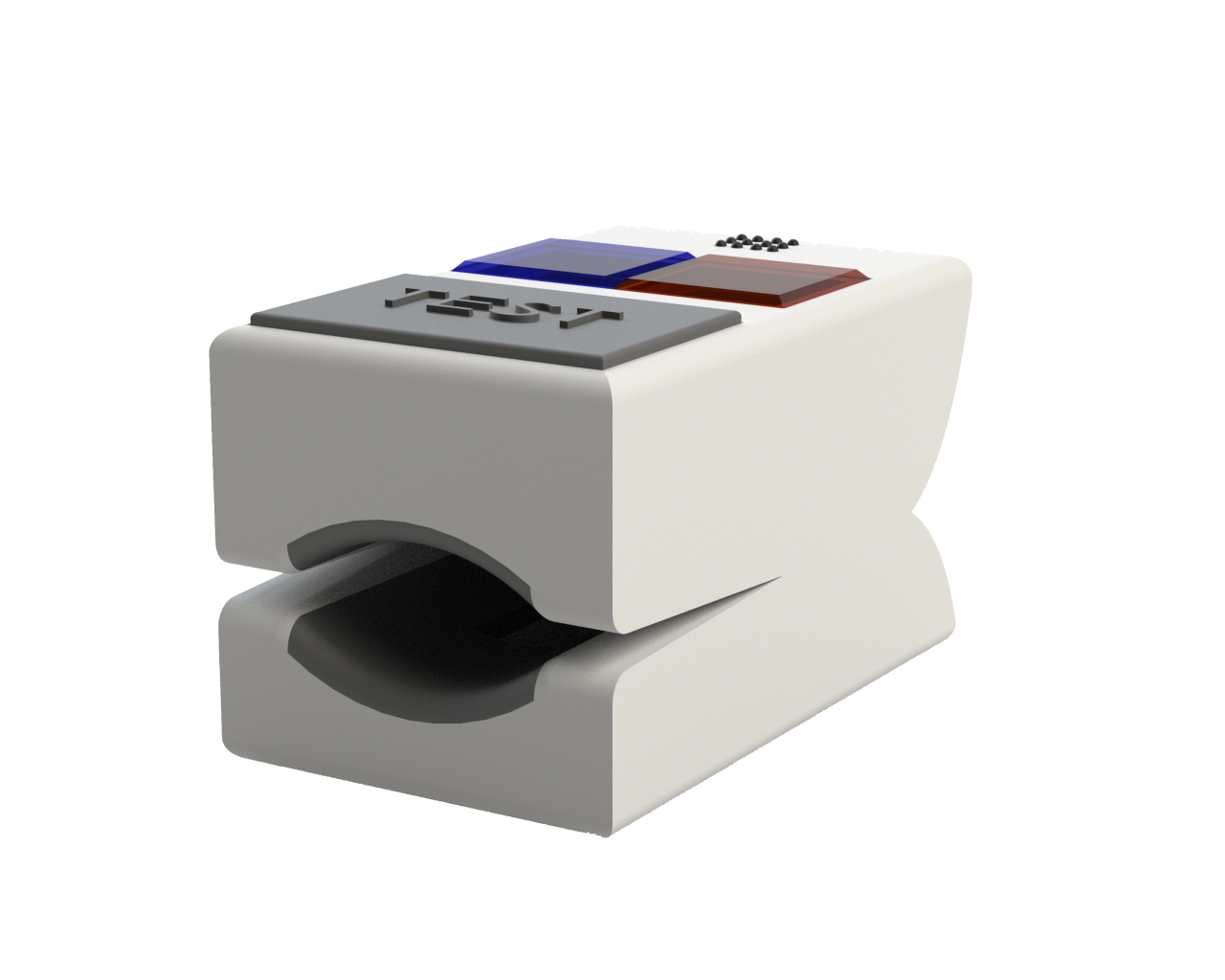Histimate
The product in question is a device which is designed to detect anaphylaxis during surgery. Surgical staff can have issues in detecting anaphylaxis during surgery due to the nature of how anaphylaxis is presented. Usually when somebody is going into anaphylactic shock, they can complain about their symptoms and draw attention to themselves. However, during a surgery, the patient is unconscious and therefore it is up to the surgical staff to monitor them for signs of anaphylaxis among the many other things they must look out for.
—Mortality rate of up to 9%.
—Accounts for 9-19% of all surgical complications.
—Responsible for 5-7% of all deaths during anaesthesia.
The form of this device is a finger worn clip, much like an oximeter. The clip will receive signals from the patient vital monitor and if one of the vitals that it receives suggests that the patient is going into anaphylactic shock, the finger of the patient will be pricked which draws blood on to an electrochemical sensor which tests for the presence of histamines. If histamines are detected in the patient’s blood, an LED and an alarm will go off. Alternatively, if the surgical staff suspect anaphylaxis in the patient, they can press a button on the device which acts as a manual override. This button also begins the process of pricking the patients’ blood and testing for histamines.




